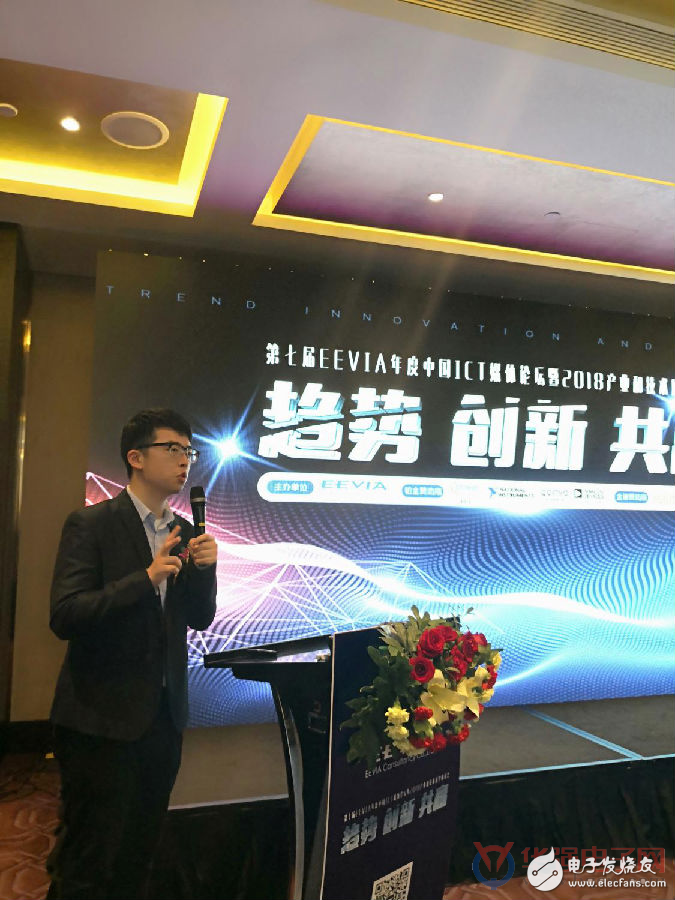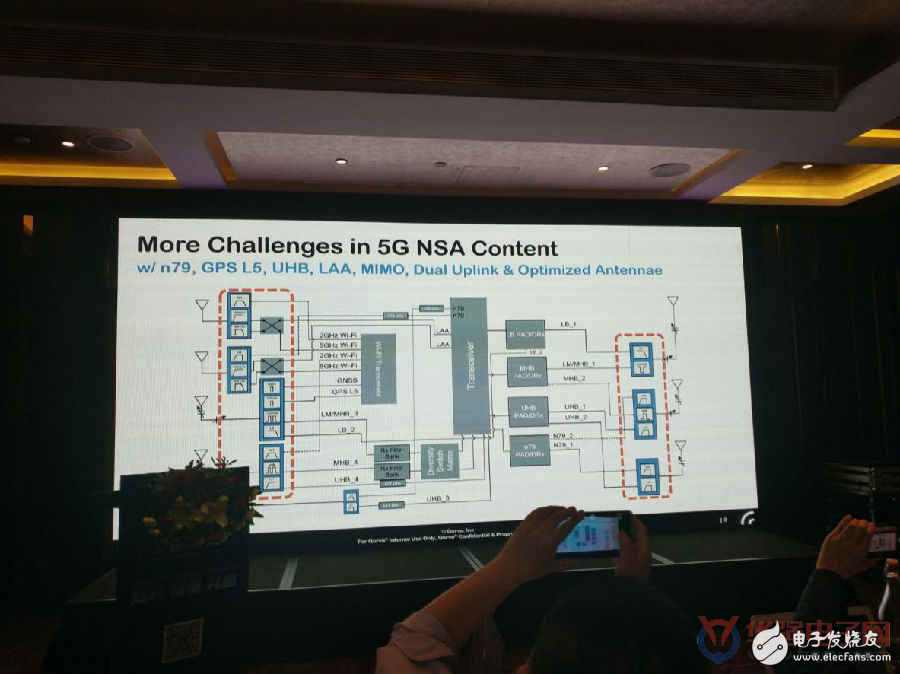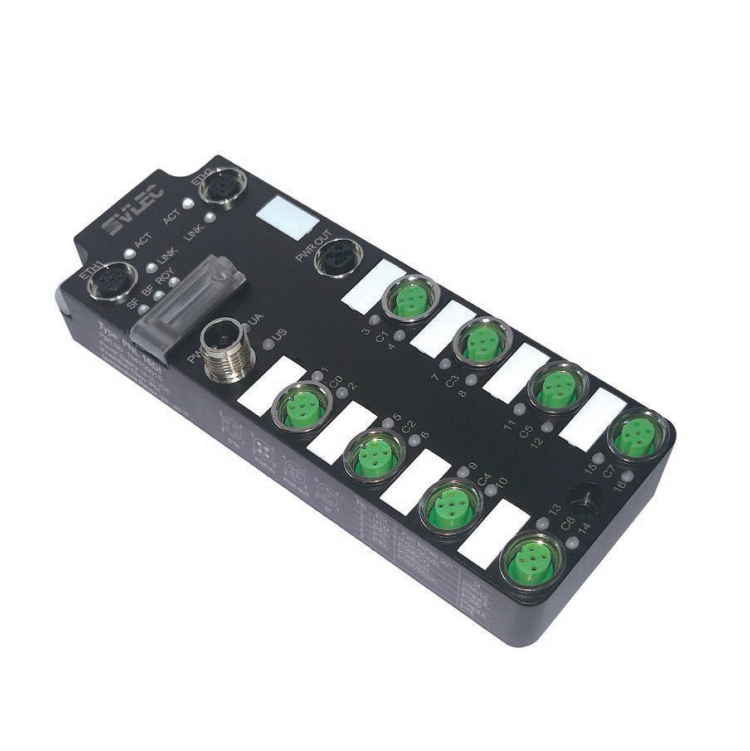Since the first draft of the 5G NR standard was officially launched at the end of 2017, the 5G commercial process has taken a substantial step forward. From that moment on, more and more semiconductor and terminal manufacturers around the world are scrambling to start research and development based on this draft. A variety of commercial products and technologies to seize market opportunities. With the gradual approach of the second half of 2018, some drafts of the closely watched Phase 2 are also on the agenda. Phase 2 will truly determine the independent networking standards for 5G SA, and 5G technology will leap into the commercial era. Take a critical step.
Then, with regard to the different networking standards of 5G independent networking (SA) and non-independent networking (NSA), what choices do global mainstream operators make? What are the advantages and disadvantages of each of them at the technical and market level? In the future, to expand to the millimeter wave band more, what are the challenges in the technology and application side? The 5G commercialization era is approaching, what are the important impacts on the chip design, especially the RF front-end chip design? On April 11th, at the "7th EEVIA China ICT Media Forum and 2018 Industry and Technology Outlook Seminar", the reporter interviewed experts from many global semiconductor industry leaders such as NI and Qorvo to address the above issues. Conducted in-depth exchanges and discussions.
Considering the cost and commercialization schedule, NSA and SA standard operators have their own choices.
As we all know, NSA and SA are two different networking standards in the 5G field. In December last year, the first version of the NSA standard was officially completed, which became an important guideline for major manufacturers to deploy 5G technology and product development. It is rumored that in June this year, the first version of SA will be officially put into use. At that time, operators in all countries will start commercial trial operation and technology research and development based on this standard. The curtain of the 5G era is slowly opening.
What are the advantages and disadvantages of the NSA (non-independent networking) and SA (independent networking) standards at the commercial level? What are the choices of major operators around the world? Tao Zhen, senior manager of market strategy of Qorvo Asia Pacific Mobile Division, told the reporter: "At present, the layout of global operators is only the China route and China Telecom. The two routes are SA routes. Most other operators include China Unicom. All chose the layout NSA route. This is mainly because the SA network needs all the facilities to re-invest, including the core network, access network and data link network need to be based on 5G-NR, the investment is quite huge. And NSA The advantage of non-independent networking is that the core network and the access network can be deployed based on 4G-LTE, and only need to deploy 5G base stations at the data content level, which will save a lot from the perspective of capital."

Tao Zhen, Senior Manager, Market Strategy, Qorvo Asia Pacific Mobile Division
However, in the long run, it will really enter the 5G large-scale commercial mature period, and the future NSA route will eventually gradually transition to SA. Tao Zhen said: "Compared with NSA non-independent networking, all core networks of SA are purely based on 5G-NR from the data layer, control level and voice level of the access network, while NSA is only the middle one. In the transition, operators will gradually transition to SA in the future. This is only a matter of time. Because in the eyes of operators, pure 5G has many functions that cannot be realized in the 4G era, such as network virtualization management and network slicing. In the 5G network, operators can save more costs than 4G. These are the NSAs that can't be realized in networking. This is why China Mobile and China Telecom chose to do SA in the first step. National mission. In the 3G era, we are in a state of follow-up, 4G and the world go hand in hand, and in the 5G era, the country hopes to be in a leading position, although it will cost more than NSA from capital investment, but compared to operators. In terms of future investment costs and customer service, pure SA 5G must be a true 5G. In other countries, there is no national policy for operators. Preferential support, so they can give more consideration to the strategic layout of the input costs, so naturally the first step of the NSA became their choice. "
5G and millimeter wave era communication module design complexity is doubled
Admittedly, whether it is the SA or NSA networking model, it is undoubtedly a great improvement in the level of network experience for consumers. However, for the entire industry, NSA's non-independent networking is clearly able to promote the commercialization of 5G technology more quickly, but this will also face more technical challenges. Ma Lisi, technical market engineer of NI China, said: "In practical applications, non-independent networking needs to be compatible with 4G requirements while doing 5G requirements, including interference, spectrum and mixed mode. The problems will bring more new challenges to the industry players."
In the new version of 5G New Radio, with the gradual addition of more new technologies, the industry will see more frequency bands in the future (especially the very hot millimeter wave band), which will become the main focus of 5G research. Ma Lisi told reporters: "In the 4G LTE era, an important change is that the subcarrier spacing is basically fixed subcarrier spacing of 15KHz, but to the 5G NR part, a more flexible subcarrier spacing is needed. Because later expansion to the millimeter wave band, including bandwidth and subcarrier spacing, requires a very large adjustment, rather than using the original fixed method, these adjustments will also put forward some new requirements for the design. In terms of bandwidth, in addition to sub-6GHz, the millimeter wave part may consider more bandwidth like 400MHz. This bandwidth may be used by test vendors, especially for some high-end RF front-end chips. Distortion and envelope tracking, in this way, requires a higher bandwidth of the test equipment to meet the design requirements."

NI China Technical Market Engineer Maris
For the application side, especially the smart phone field, some requirements of the millimeter wave will actually bring more considerations to the design complexity of the communication module. Maris added: "Because the wavelength of the millimeter wave itself changes, the antenna will become much smaller than before. It is relatively easy to integrate on the mobile phone. The much smaller such antenna in the millimeter wave part needs to do a lot of beamforming. If you want to do the antenna array again, you need to consider the antenna array athena array design. In addition, whether the phase noise and SNR have a very good indicator, whether the millimeter wave part LO has a very good indicator, in fact, Very big considerations. Of course, there are other aspects, such as OTA testing, OTA to CalibraTIon, some calibration problems will be exposed. All kinds of problems, and finally concentrated on one point, is the time and cost of testing, if Considering the complexity of these issues and then considering some of the business issues, the whole challenge is quite huge."
NSA commercial phase: What challenges will RF front-end design face?
Since the NSA non-independent networking mode requires coexistence of 4G and 5G in the early stage of development, more new requirements will be put forward for the design of the RF front-end chip, such as more highly integrated, including the internal architecture of the chip, the configuration of the frequency band, and More RF metrics, such as high bandwidth, high modulation characteristics, and better EVM requirements, add to the complexity of the overall system design.
From the perspective of professional manufacturers, Tao Zhen told reporters: "Because non-independent networking mainly relies on LTE as the core network, all voice communication layers and control layers are LTE, while the data plane is 5G NR, so the RF front-end It means that there must be an LTE channel. No matter which frequency band, there must be a 5G channel to work up and down at the same time. Because there are some mutual interference problems, it is a very big challenge in design. 5G compared to 4G, there will be more differences in the frequency band, LTE bandwidth is up to 20M, and up to 5G will be 100M, especially this 100M is still for the spectrum within 6GHz, the highest in the millimeter wave phase will be 400M The bandwidth, that is to say, the single channel must be supported to 400M. Moreover, in the millimeter wave, the bandwidth must be 100M within 6 GHz. If it is from the perspective of PA, the difficulty is quite large, and the current LTE single carrier It is 20M. If it is used for uplink carrier aggregation, China Mobile will have up to 3 carriers, that is, 60M bandwidth uplink carrier aggregation. So in the LTE era, we see the most is 60. The design of the power amplifier within the M bandwidth, but in the 5G era must involve 100M bandwidth, which is a very big challenge for PA."

Specifically, Tao Zhen further added: "Firstly, due to the widening of bandwidth and subcarrier spacing in the 5G era, more spectrum will be needed, so more new RF semiconductors are needed to support these new frequency bands. Especially the redesign of PA. Because from CDMA to WCDMA, the biggest problem lies in the design of PA. These three types of PA are linear design, which takes into account many linear indicators, and the most important factor of linear indicators comes from What is the waveform of the number, so 5G defines CP-OFDM, so the biggest difference between a signal waveform and standard LTE is that SCDMA is very high, the peak-to-average ratio is higher for PA, and PA needs to be wider and more High linear design, which is also the key point for 5G to improve performance in designing RF front-end devices compared to 4G. In addition to CP-OFDM, 3GPP also has a down-scaling standard - SFT-S-OFDM, which is a ratio LTE is a relatively weak standard, but it may be perfectly supported for such a waveform LTE due to different application scenarios. Secondly, from the signal point of view, manufacturers coexist in 4G and 5G signals. Interference also needs to be better designed, and requires faster switching speed. Although the current eMBB scene does not require low latency, in the third scenario of the next 5G, the switching speed is quite fast. Finally, from From a system architecture point of view, since 5G requires a faster rate, there will be more MIMO than 4G. In the 4G LTE era, four downlinks have been mentioned, called 4&TImes; 4 MIMO, 2019 China The three major operators may require MIMO for 4&TImes;4, but it is still based on LTE. In the 5G era, 4&TImes; 4 downlink MIMO or uplink 2×10 MIMO may become the standard, because 5G must support four Downlink and two uplinks, so more antenna splitters and antenna tuning functions need to be designed at the system architecture level. How to do a better antenna division, you may need an antenna division, multiplex In the future, in the 5G front-end architecture, in addition to traditional RF transceivers such as PAs, filters, and LNAs, manufacturers need to consider how the front-end antennas are allocated, and how the multiplexers support them. The carrier aggregation, the division of the antenna may need more cooperation with mobile phone manufacturers, because they determine what kind of band phone which supports with a few antennas, each antenna. "
In short, the 5G commercial era is gradually approaching, facing new and more complex technology and commercialization standards, coupled with more and more segmented markets, future application levels will also reveal more new problems. . In the face of 5G's larger system architecture, whether it is for chip design, technical solutions or for terminal product developers, how to ensure the performance of their products can withstand the market in the future, while still achieving the industry chain. The seamless integration of downstream partners at various levels, such as products, applications and marketization, has become a key problem for the entire industry in the present and future years.
SVLEC is a manufacture located in Jiangsu Province China , which product I/O system since 2017 . SVLEC provide I/O system that have almost the protocol all over the world ,such as remote module , IP20 i/O module , Profibus module ,Profinet module, Ethercat module , Ethernet IP module and CC-Link modules .

I/O System,Remote Module,IP20 I/O Module, Bus Module ,Plastic bus module , Compact I/O Module
Kunshan SVL Electric Co.,Ltd , https://www.svlelectric.com